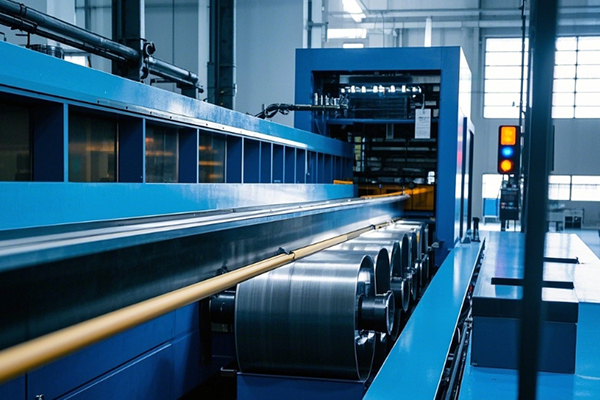Factors affecting the application effect of EI transformer lamination technology
- 获取链接
- X
- 电子邮件
- 其他应用
The application effect of EI transformer lamination technology will be affected by many factors. The following are some of the main aspects:
Material properties
– Core material: Silicon steel sheet is a commonly used core material,
and its magnetic permeability, resistivity and other properties have a
significant impact on the performance of the transformer. Silicon steel
sheets with high magnetic permeability can make it easier for the
magnetic field to pass through the core, reduce magnetic resistance, and
improve electromagnetic conversion efficiency; high resistivity can
reduce eddy current loss. Although new materials such as amorphous
alloys have lower losses, they also have problems such as high
processing difficulty and high cost, which affect their wide
application.
– Insulating materials: Insulating materials are used to isolate
laminations, and their performance affects the insulation performance
and heat dissipation effect of the transformer. High-quality insulating
materials should have high dielectric strength, low dielectric loss and
good heat resistance to prevent short circuits and partial discharges
between windings and ensure safe operation of the transformer.
Lamination process
– Lamination accuracy: The dimensional accuracy and shape consistency of
the laminations are crucial. If the lamination size error is large, it
will lead to loose core assembly, air gap, increased magnetic
resistance, uneven magnetic field distribution, and thus reduce the
efficiency and performance of the transformer.
– Lamination method: Different lamination methods, such as staggered
lamination and step lamination, have different effects on transformer
performance. Staggered lamination can make the magnetic circuit smoother
and reduce hysteresis loss; step lamination can optimize the magnetic
field distribution and improve electromagnetic coupling efficiency. The
selection of a suitable lamination method can be determined according to
the specific transformer application scenario and performance
requirements.
Operating environment
– Temperature: If the operating environment temperature is too high, the
performance of the core material will change, such as reduced magnetic
permeability and increased loss. It will also accelerate the aging of
the insulation material and reduce the service life of the transformer.
Therefore, it is necessary to effectively design the heat dissipation of
the transformer to ensure that it operates within the specified
temperature range.
– Humidity: A high humidity environment may cause the surface of the
core and winding to become damp, reduce the insulation performance, and
even cause faults such as short circuits. Therefore, the transformer
needs to take moisture-proof measures, such as adopting a sealing
structure and installing a desiccant, to ensure its normal operation in a
humid environment.
– Electromagnetic interference: Electromagnetic interference in the
surrounding environment may affect the magnetic field distribution and
operating performance of the transformer. For example, the
electromagnetic field generated by nearby high-voltage transmission
lines, large motors and other equipment may interact with the magnetic
field of the transformer, resulting in increased losses and noise in the
transformer.

- 获取链接
- X
- 电子邮件
- 其他应用
评论
发表评论